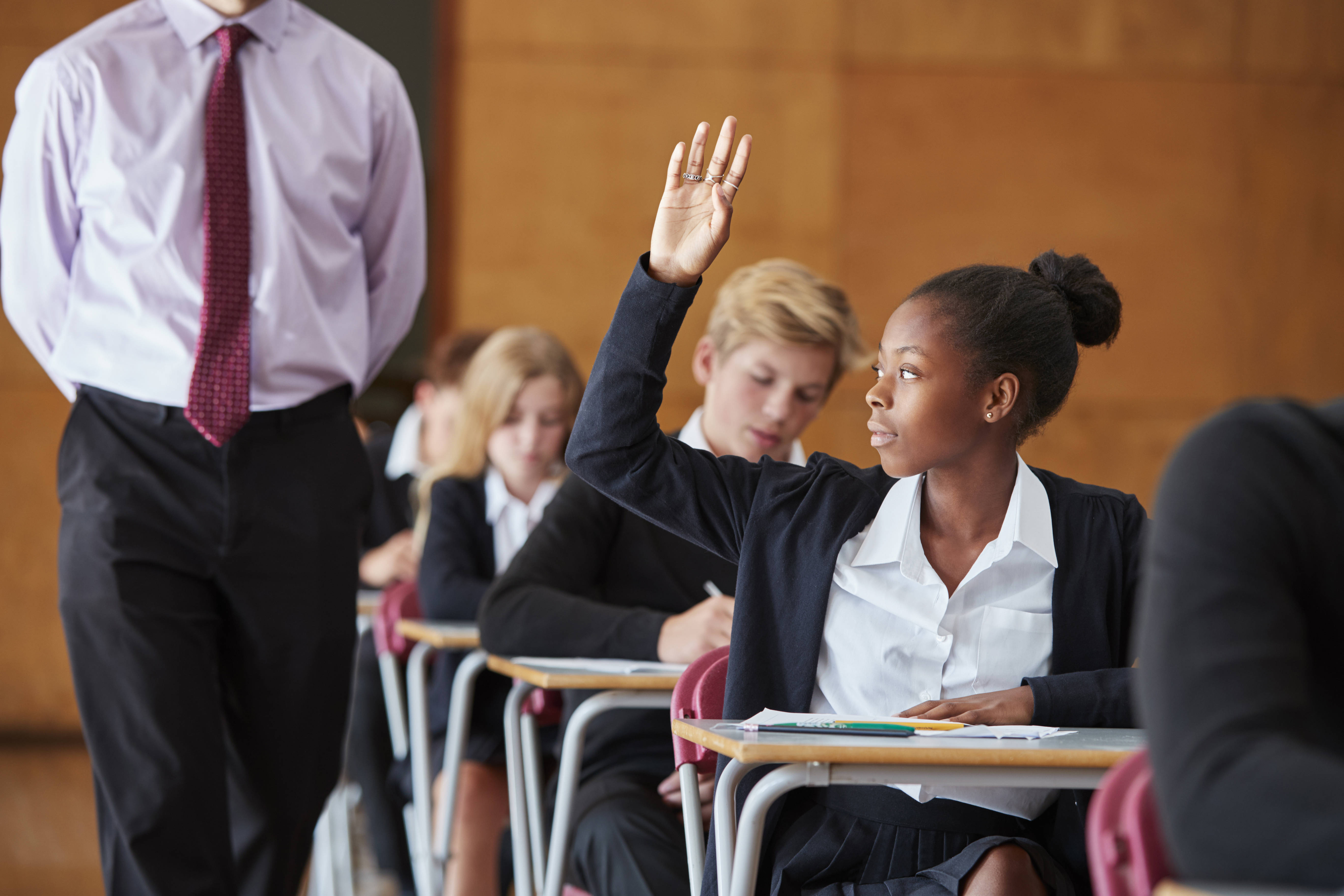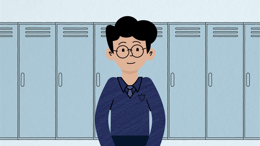Anxiety
Learn more about how anxiety presents in children and young people and how to support your pupils when they are feeling anxious.

Learn more about how anxiety presents in children and young people and how to support your pupils when they are feeling anxious.

Anxiety is a feeling of unease such as fear or worry. It’s one of the body’s natural responses to stress, and affects our thoughts, feelings, body and behaviour.
Anxiety activates the body’s fight-flight-freeze response. This means that the body prepares to either confront, escape or freeze in the face of a perceived threat.
Anxiety is not necessarily a mental health condition. Most of the time, anxious feelings are normal responses to stressful situations in everyday life.
For children and young people in particular, some level of anxiety is normal as they grow up and learn to navigate the world.
It helps them to cope with potential threats, and understand how they feel about different situations they encounter.
Difficulties can arise when normal levels of anxiety become more severe and start impacting a child's everyday life. Anxiety can become a problem when:
School or college can be an anxiety-provoking environment for some children and young people.
They might be worried about friendships and fitting in, pressure to do well, or taking part in certain lessons or activities.
Experiences outside school or college, such as caring responsibilities, health issues, bereavement or other life changes can also cause children and young people to feel anxious.
A short animation and accompanying resources for teachers, exploring the topic of anxiety with secondary school students aged 11 to 13.
Anxiety can present in different forms in children and young people. It generally manifests in the form of avoidant behaviours. They may seem distracted or absent-minded, agitated, hyperactive or withdrawn.
Pupils displaying challenging behaviour may also be doing so as a response to anxious feelings.
You might look out for some of the following signs and behaviours:
These behaviours aren’t always indicative of anxiety or an anxiety disorder. It’s important to raise any concerns that you might have with the student and their parents or carers, and to work with relevant staff to provide support.
Most children and young people who experience anxiety do not require specialist intervention. Schools and colleges can be sites of both prevention and support.
The most important thing you can do is to normalise anxiety. Explain to your pupils that it is a normal response to everyday difficulties, and that support is available to them.
It’s also important to take your pupils’ concerns seriously, particularly when they are having further difficulties with anxiety and need additional support.
You should:
If you are worried that a child or young person is at risk involve your designated safeguarding lead as a matter of priority who will contact the parents/carers and other services as necessary. If the child or young person is at immediate risk, ensure that they are taken to their GP or A&E as a matter of urgency, depending on the severity of the concern.
Find out more
A short animation and accompanying resources for teachers, exploring the topic of anxiety with...
View resource
A handout and poster for young people with tips and exercises to combat stress and anxiety.
View resource
Simple advice for parents/carers to help their children if they're worried about school.
View resourceNo search results found